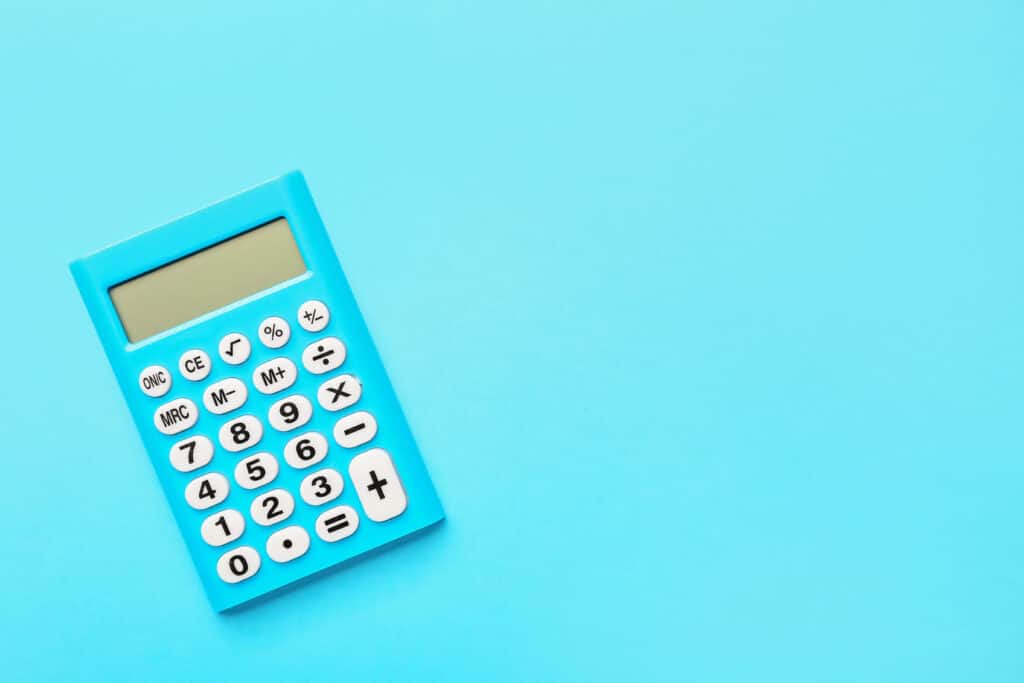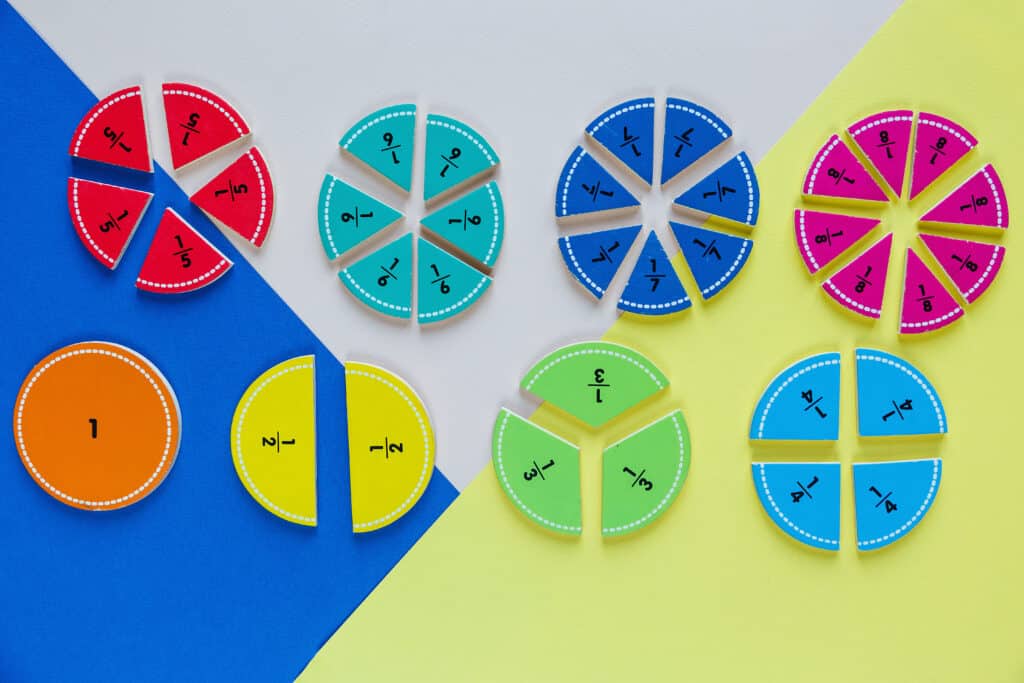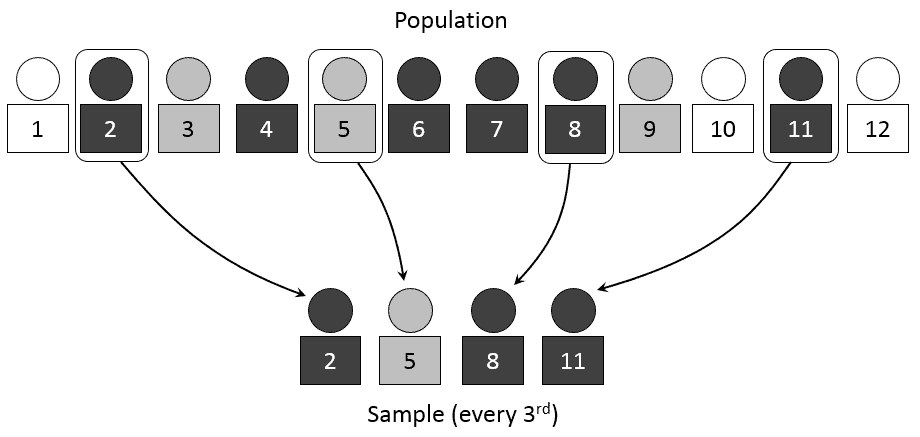Curious to know what your child will be learning in Year 8 Maths? We’ve got you!
We’ll run you through the key things you should take away from the syllabus, including the content covered over the course, the skills your child will pick up and enhance, and the achievement standards they’ll achieve by the end of the year.
Although assessments and types of work will vary across schools and teachers, this article will give you a comprehensive run-down of the types of work your child will deal with, and provide some exemplars.
Let’s get stuck into it!
The Year 8 Maths Curriculum
#1: Number and Algebra
#2: Measurement and Geometry
#3: Statistics and Probability
Achievement Standards in Year 8
Looking for Maths guides for other year groups aside from Year 8?
If you have a child in a different year group to Year 8, we’ve also got guides for them! Have a look at our guides for the various year groups:
Year 7 | Year 9 | Year 10
The Year 8 Maths Curriculum
Year 8 Maths is built around four ‘proficiency strands’: understanding, fluency, problem-solving, and reasoning.
Over the course of the year, your child will enhance their skills in all of these areas, gaining a better understanding of maths as an applicable ‘language’, rather than just something they have to do.
Here’s a quick snapshot of what this looks like in practice:
- Understanding: describing patterns involving indices and decimals, identifying similarities between different types of maths, putting linear rules into practice on graphs, and exploring the purpose of statistics;
- Fluency: being accurate in calculations, understanding fraction-decimal equivalents, working with simple algebraic equations, and evaluating perimeter and area;
- Problem-solving: formulating and modelling practical solutions to problems; and
- Reasoning: justifying their results and solutions.
These strands will weave throughout the content that your child will cover. Broadly, content is split into three areas: number & algebra, measurement & geometry, and statistics & probability.
If you haven’t heard about it already, there are major curriculum changes coming in 2024 that will affect Years 7-10 Maths in NSW!
Let’s take a closer look at these topics now!
#1: Number and Algebra
In this section, your child will be able to expand on the skills and content that they’ve picked up in Year 7.
Number and Place Value
They’ll encounter index laws and notation, and learn to carry out the four operations (addition, subtraction, multiplication, and division) on numbers with indices.
In doing so, students are encouraged to find and use patterns that are common when multiplying and dividing integers. Teachers will also encourage students to use number lines to develop strategies that will help them easily add and subtract rational numbers, so that your child can easily do rapid-fire sums!
Real Numbers
Apart from rational numbers, students will also explore the territory of real numbers, and teachers will guide your child through rational and irrational numbers. Students will understand how terminating and recurring decimals operate, and understand how they relate to improper fractions.
Students will also learn to convert fractions into percentages, and work with percentages to solve problems and calculate increases and decreases.
They’ll also learn how to do this with and without calculators, allowing your child to quickly convert fractions, proportions, rates, and ratios into percentages even without technology.
Money and Financial Mathematics
Your child will also get their first introduction to the economy! They’ll be introduced to concepts of profit and loss, and understand how they can be calculated, both with and without technological aids.
Applying what they learned about real numbers students will express profit/loss as a percentage of cost or selling price, and calculate the differences between the two.
Students will also get to put their skills using percentages into practice, solving problems of mark-ups, discounts, and GSTs. They’ll also gain an understanding of economics in practice by exploring how retail and other stores express discounts, and calculate how discounts operate on selling price.
Patterns and Algebra & Linear and Non-linear Relationships
Finally, your child will gain a deeper understanding of algebraic expressions and graphing linear equations. They’ll apply the distributive law, using different strategies that they’ll be introduced to by their teacher.
Your child will also learn to identify numerical factors, which will help them to formulate patterns and quickly identify greatest common divisors. This will help them to quickly factorise and expand equations, and simplify them using the four operations.
Once they’ve got a better handle on algebraic expressions, students will be able to complete tables of values using algebraic techniques, and find rules for linear relationships. All of this will ultimately allow your child to graph linear relationships on Cartesian planes (graphs).
To summarise, the Number & Algebra section of the curriculum allows your child to:
- Understand numbers – real, rational, and irrational;
- Gain a greater understanding of proportions, rates, and ratios, and express these through percentages;
- Investigate the business world by understanding profit and loss, amongst other economic operations; and
- Have a firmer grasp of algebra and linear relationships.
#2: Measurement and Geometry
Using units of measurement
One of the core areas of the Year 8 syllabus is measurement, and using appropriate units of measurement when solving problems. Your child will calculate the perimeter of various shapes, and understand and use established formulae for calculating area for shapes like rhombuses, trapeziums, and kites.
Teachers will also remind students of the formulae for measuring circles, including circumference, area, radius, and diameter.
Image sourced from MartinThoma
Although this is more complex than simple four-sided shapes, have no fear — your child will have plenty of opportunities to put these new skills into practice, both in their textbooks and in the real world (by measuring objects around them).
When using this knowledge practically, students will have to choose between different units for area (for instance, mm², cm², m², hectares, and km²) and volume (such as mm³, cm³, m³) when solving problems regarding different 2D and 3D shapes.
Finally, your child will also be re-introduced to concepts of time, and be asked to solve problems involving duration, time zones, and 12- and 24-hour time.
Our Engaging Parramatta Maths Tutors can provide individual tutoring support in your own home or online. Don’t wait until it’s too late!
Geometric Reasoning
In terms of geometry, a key tenet of the curriculum is congruence, or finding similarities in shape and size between two shapes. Your child will firstly be introduced to congruence in the context of triangles, and investigate the minimal conditions necessary for a triangle to, well, be a triangle.
They’ll then use these unique requirements to find similarities between different sets of triangles, and establish the conditions for congruence. Students will undertake the same exercise of establishing properties for four-sided shapes, including squares, rectangles, parallelograms, trapeziums, rhombuses, and kites.
By the end of their explorations into congruence, students will be able to justify why two shapes are exactly alike, by matching their angles and sides.
In summary, this section of the course allows your child to:
- Understand different types of measurement for 2D and 3D shapes;
- Determine which method of measurement is most appropriate when problem-solving;
- Solve problems involving time; and
- Understand and establish criteria for the congruence of 2D shapes.
#3: Statistics and Probability
The final component of the Year 8 curriculum is statistics and probability.
Chance
Over the year, your child will delve into the intricacies of Chance. Firstly, they’ll learn how to identify complementary events.
They’ll then learn to number the probability of events occurring, from a range of 0 to 1, and understand that finding the probability of one event will make it really easy to find the probability of its complement.
Teachers will then teach students the language of probability, and explore terms such as ‘at least’, the different types of ‘or’ (exclusive meaning only A or B but not both, inclusive meaning both A and B), and ‘and’. Your child will then get to use their newfound linguistic skills to pose questions about groups of objects or people, and events.
Data Representation and Interpretation
Teachers will also guide your students through various forms of data collection and interpretation. Students will learn about the different ways that data samples can be collected, including censuses, (random) sampling, observation, and various investigative processes.
Image sourced from Dan Kernler
Your child will then be encouraged to consider which method would be most appropriate to collect data in a range of situations. They’ll also be introduced to data analysis and interpretation, and be introduced to the concepts of means and medians, as well as outliers and their effect on data sets.
Putting these analytical skills into practice, students will be able to extrapolate, and use these data properties on different populations or groups, both in their textbooks and in the real world.
Finally, your child will be able to put all of these theories into visual representations by using Venn diagrams and two-way tables! Students will explore how these methods can be used to visually display ‘and’, ‘or’, and ‘not’ probability conditions.
They’ll then understand how these diagrams are helpful tools for calculating probabilities, and they’ll make their own by using data sets that they’ve collected from their fellow classmates and other people!
To summarise, your child will over this year be able to:
- Understand concepts of chance and probability;
- Engage with different forms of data collection and determine their appropriateness in different situations;
- Engage with visual data representation; and
- Given a sample population, devise their own methods of data collection and data representation.
Achievement Standards in Year 8 Maths and Example Work
These are the things that your child is expected to be able to do in Year 8 Australian Maths:
- Easily solve problems involving money (interest rates, profit/loss) and understand ratios and percentages;
- Use statistics to model situations and determine the likelihood of events using two-way tables and Venn diagrams;
- See how algebraic equations can be expanded or factored, and understand how this is useful;
- Understand how maths relates to real-world situations involving time;
- Identify when two triangles are the same size (congruent), and calculate the perimeter, area, and volume of different shapes;
- Create and solve equations, and graph relationships between numbers.
Here’s some examples of the type of work your child will encounter, grouped according to their performance standards:
And that’s a wrap on our rundown of the Year 8 Maths curriculum! We wish you and your brilliant Year 8 all the best for the year ahead!
Looking for some extra help with Year 8 Maths?
We pride ourselves on our inspirational Mathematics coaches and mentors!
We offer tutoring and mentoring for Years K-12 in a variety of subjects, with personalised lessons conducted one-on-one in your home or at one of our state of the art campuses in Hornsby or the Hills! Personalised Maths tutoring in Castle Hill, engaging maths tutoring in Kellyville, Hurstville, or Penrith, can support you!
To find out more and get started with an inspirational tutor and mentor get in touch today!
Give us a ring on 1300 267 888, email us at [email protected] or check us out on TikTok!
Rujuta Banhatti is currently a third year Law/International Studies student at UNSW. As a Content Writer at Art of Smart, she is super keen to be able to write (read: academically rant) about texts that she’s absolutely loved, both at school and in general.





